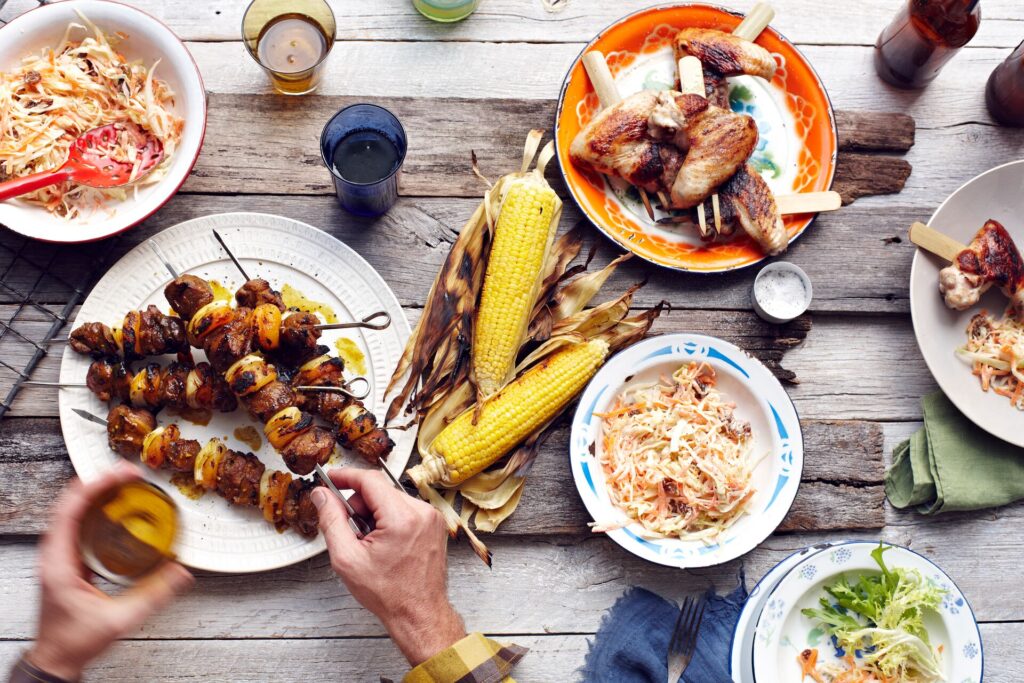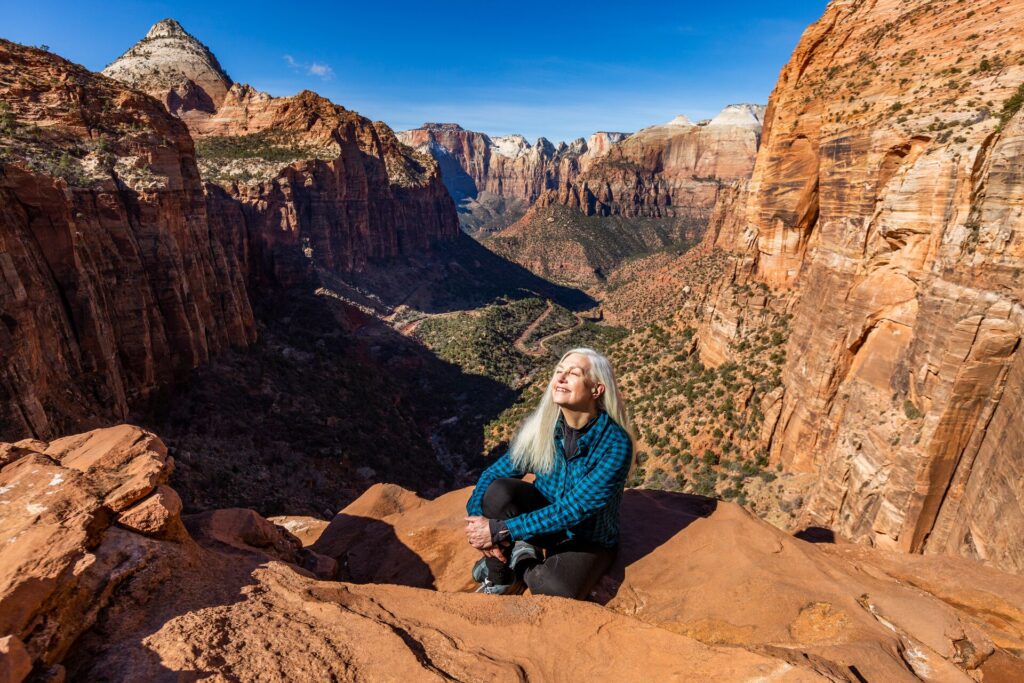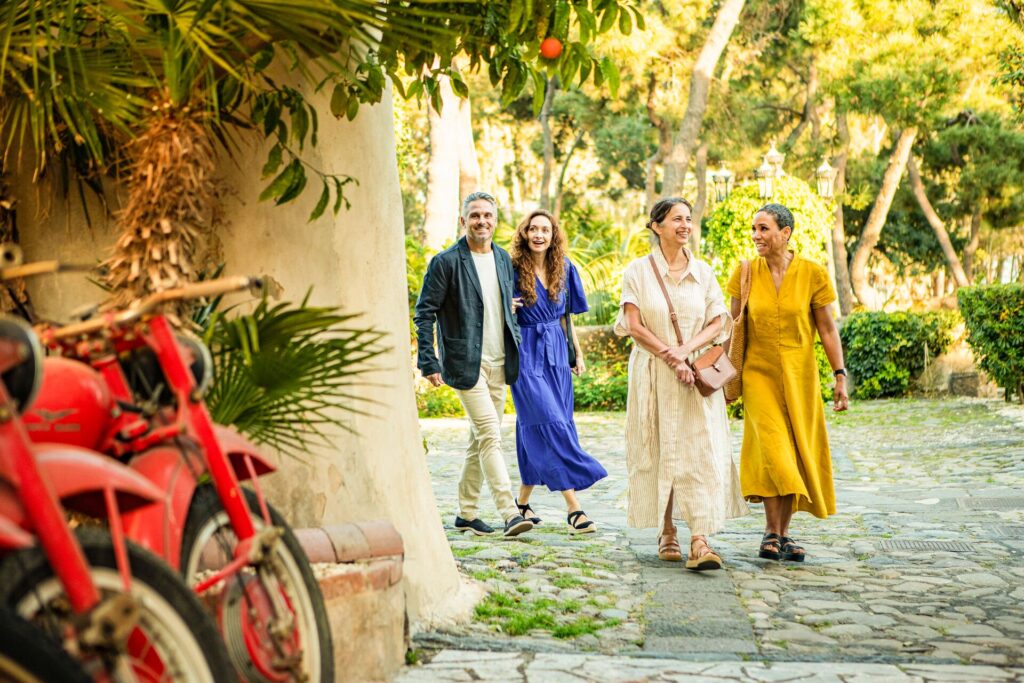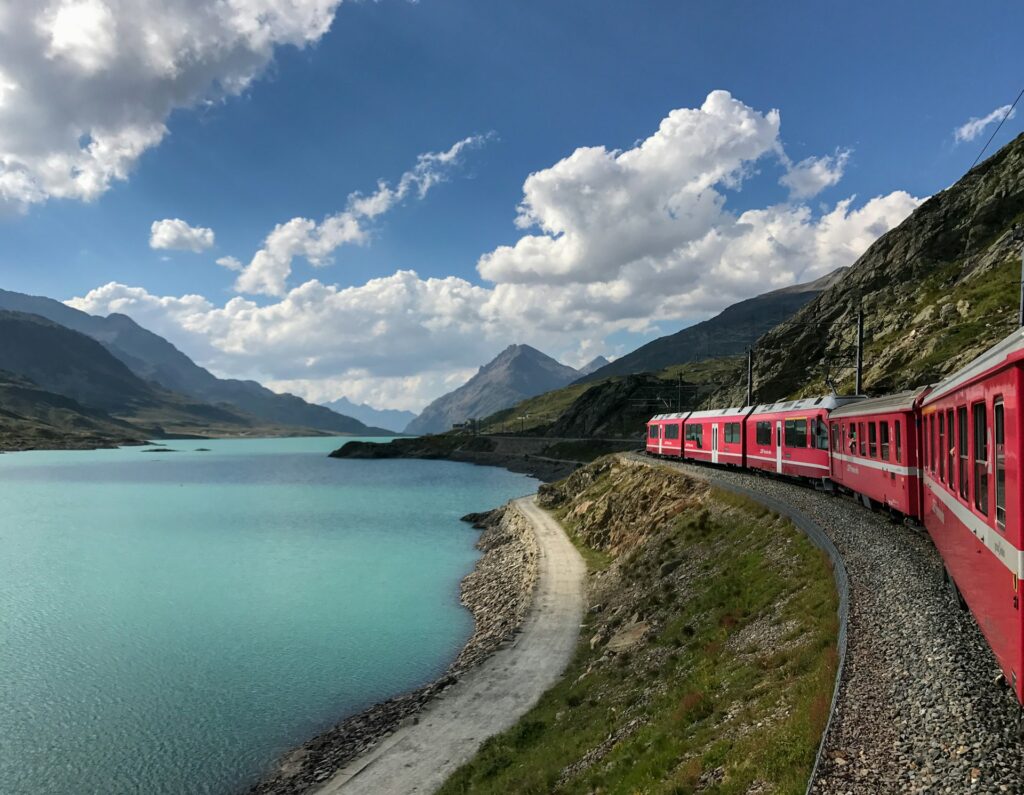One of the most colorful countries not only in South America, but possibly the world, Peru is rich in heritage, traditions, and festivals. Festivals in Peru clock up to the thousands across the country, offering an immersive window into its history, religion, and spirituality. With so many to choose from, here are 10 festivals in Peru that you should look out for next time you want to take a trip.
Explore our Peru guided tours
Why does Peru have so many festivals?
With the number of festivals in Peru reaching around 3,000 throughout the year, there are many reasons why Peruvian people have so much to celebrate. A country brimming with culture and tradition, many of the festivals stem from religious or spiritual beliefs – around 70 to 80% of the population identify as Catholic, with strong influence from traditional Andean beliefs.
Most festivals and fiestas are localised and pay homage to a particular community’s patron saint, though national festivals such as Carnival and Inti Raymi blend in indigenous traditions. From national religious celebrations to food and music festivals, here are the top 10 festivals in Peru you should look out for on your next trip.
1. La Fiesta Candelaria
One of the largest festivals in Peru, La Fiesta Candelaria is a two-week celebration that takes place every February in the city of Puno on the shores of Lake Titicaca. The festival honours the Virgin of Candelaria, the patron saint of Puno, who represents fertility and is strongly associated with the Andean goddess Pachamama (Mother Earth) – as such, La Fiesta Candelaria unites the country’s Catholic and Indigenous Andean communities. In 2014, UNESCO declared the festival an Intangible Cultural Heritage of Humanity, and people travel from far and wide to marvel at the traditional dancing, costumes, masks, and Peruvian folk music.
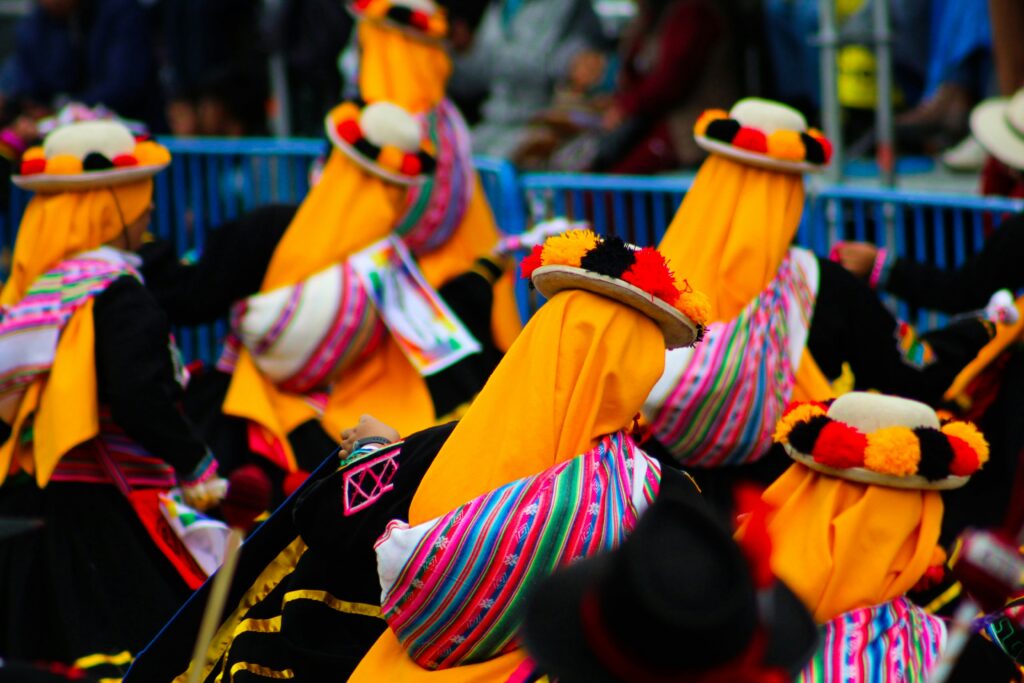
2. Carnaval de Cajamarca
Carnaval de Cajamarca is an annual festival held each year in the five days before Lent in the city of Cajamarca, with most of the action taking place in the Plaza de Armas (the main city square). A particularly wild and vibrant carnival, over 60,000 visitors from across the world come to join the festivities, involving Carnival Kings, paint, dance troupes, and floats throughout the city. Like many Peruvian festivals, both indigenous traditions and Spanish influences can be found throughout Carnaval de Cajamarca.
3. Inti Raymi
To celebrate the winter solstice, each year on June 24th the city of Cusco in southeastern Peru holds Inti Raymi, also known as the Festival of the Sun. A celebration that dates back to the Inca empire, Inti Raym was the biggest festival in the ancient empire, marking the end of winter and giving thanks to Inti, the Sun God, and Pachamama, Mother Earth. First established around the year 1430, in ancient time tens of thousands of people would congregate in Cusco to join the festivities, involving feasts, rituals, and a parade of ancestral mummies through the city. Nowadays around 3,500 people gather in Cusco to celebrate, following traditionally dressed actors through the city, starting at Coricancha, the temple of the sun. In 2001, Inti Raymi was declared Cultural Patrimony of the Nation.
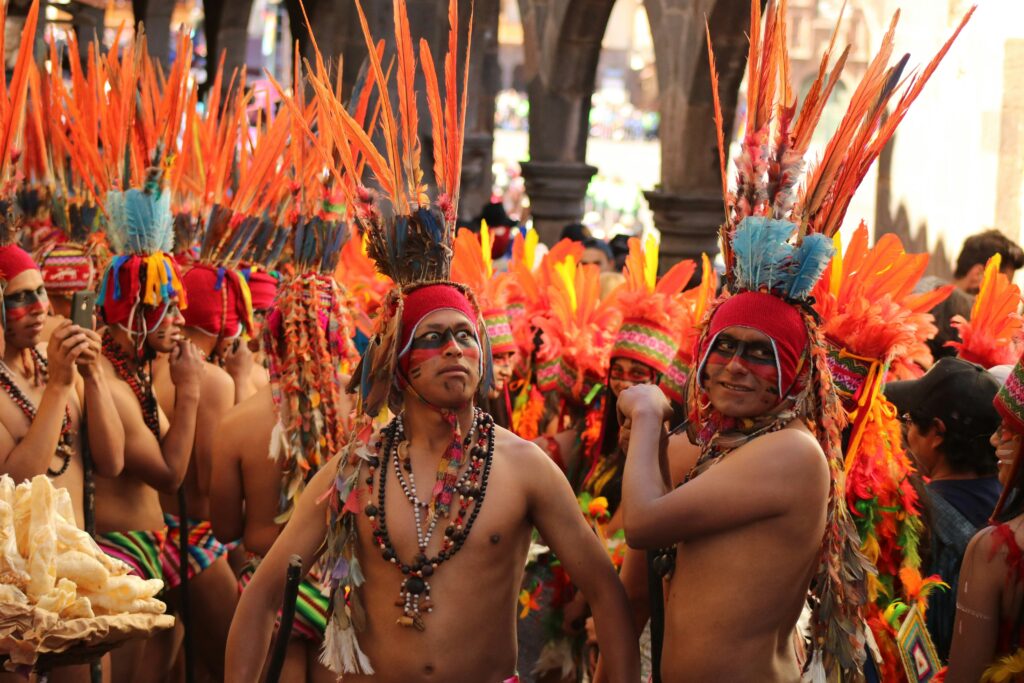
4. Festival Internacional de la Vendimia
Depending upon where Easter falls during a given year, the month of March can either be very busy or very quiet as far as major Peruvian festivals are concerned. That said, we figured we may as well take a break from the religious festivals to focus on one the best Peruvian drinks, wine! The Ica Region of Peru is famous for a number of things, the Nazca Lines and the desert oasis of La Huacachina among them, but those in-the-know also recognize it as the finest wine-producing region in the country. This role has been celebrated annually in March since the 1950’s during the Festival Internacional de la Vendimia, or the International Harvest Festival, in which a queen is famously chosen to ceremoniously stomp the first grapes of the season.
5. Pisco Sour Day
View this post on Instagram
Where better to celebrate Pisco Sour Day than in Peru? The country’s national drink got its own day in 2003, when the Peruvian government established it as an official holiday, held on the first Saturday of February. Named after the port city in southern Peru where it was generally exported from, Pisco is a brandy made from the fermented juice of white muscat grapes, with a distinctly fresh, fruity flavour. In 1988, Peru’s National Institute of Culture even declared the Pisco Sour an important part of the country’s national heritage. Made with lemon juice, egg white and bitters, a Pisco Sour is one of the best ways to enjoy Peru’s national drink.
You might also like: The fascinating history of Peru’s rise as an astronomical superpower
6. Primavera Sound
Peru has a thriving music scene, and Barcelona’s Primavera Sound festival extended into South America for the first time in 2023, with headliners The Cure, Bad Gyal and Pet Shop Boys. Held under the Road to Primavera Sound banner, the festival takes place in November in Lima, and music lovers can expect an equally impressive line-up.
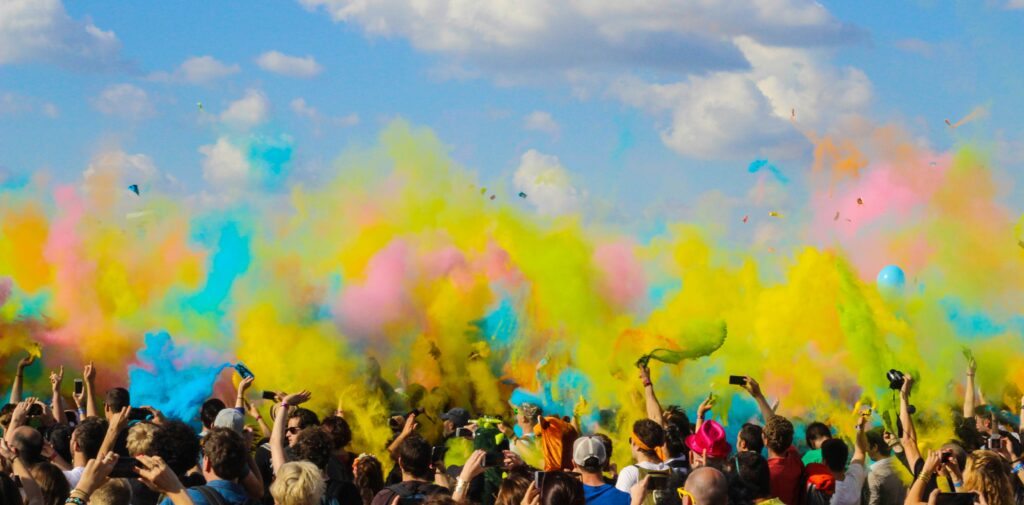
7. Q’eswachaka
While Peru is known for its weaving, this unique festival doesn’t celebrate blankets or ponchos, but bridges. Q’eswachaka takes place in Cusco every second Sunday in June, and sees local villagers come together to repair on of Peru’s only remaining Inca rope suspension bridges, hanging 30 meters above the Apurimac River in Canas Province. Across four days, locals use ancient weaving techniques, twisting grass into cords which can make larger cables. After the bridge has been repaired by hand, locals celebrate by singing, dancing, eating and drinking. After the bridge has passed the strength test, the local communities of Canas come together to celebrate with a Pachamama ceremony, followed by traditional dancing and, of course, a procession across the bridge. The name Q’eswachaka comes from the Quechua words q’eswa, meaning rope, and chaka, meaning bridge.
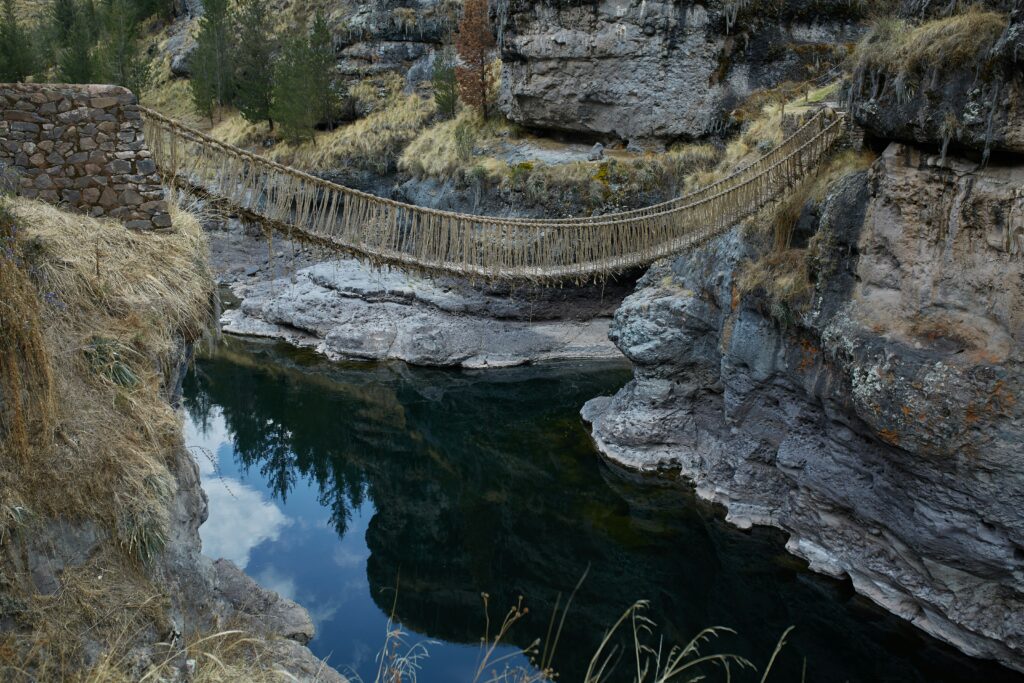
8. Virgen del Carmen
The Virgen del Carmen festival is an important Catholic celebration that honors one of the invocations of the Virgin Mary.
one of the most exciting and popular religious festivals in Peru, known as the Fiesta de la Virgen del Carmen, Paucartambo. This spectacular festival is held every year on the same date in mid-July in Paucartambo, which is located three hours from Cusco, on the eastern slopes of the high Andes Mountains, not far from the tropical rainforest.
The Virgen del Carmen is celebrated in Paucartambo, a small town about three hours east of Cusco on the road to Manu National Park. This colonial town is the capital of the province Paucartambo in the Cusco region. Today, the Virgen del Carmen Fiesta attracts thousands of visitors from across Peru and all of South America.
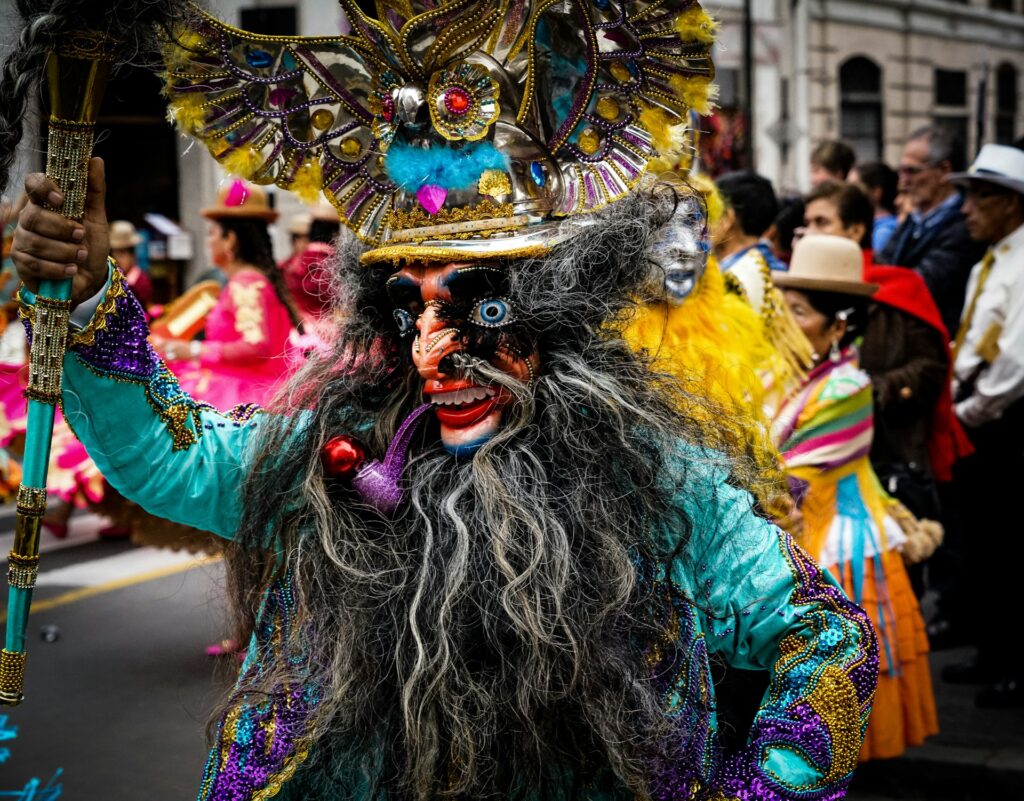
Read more: Why you should add these Peruvian icons to your bucket list
9. Mistura Food Festival
The largest food festival in Peru, Mistura is a food-lover’s paradise. Founded in 2008 and based in the capital city, Lima, it’s an annual 10-day festival celebrating Peruvian food and chefs. Clocking up 30,000 attendees in its first year, Mistura has grown considerably and now draws in up to 300,000 attendees over the course of its 10 days. Though traditional Peruvian delights like ceviche, tamales, picarones, Pisco, and more are a highlight, talented chefs blend local flavours with cuisines from across the world. As well as sampling the food stalls, visitors can attend culinary competitions, buy local produce, and dance to live music in the evening. It takes place in the first half of September each year, and travelers should make sure to arrive with an empty stomach!
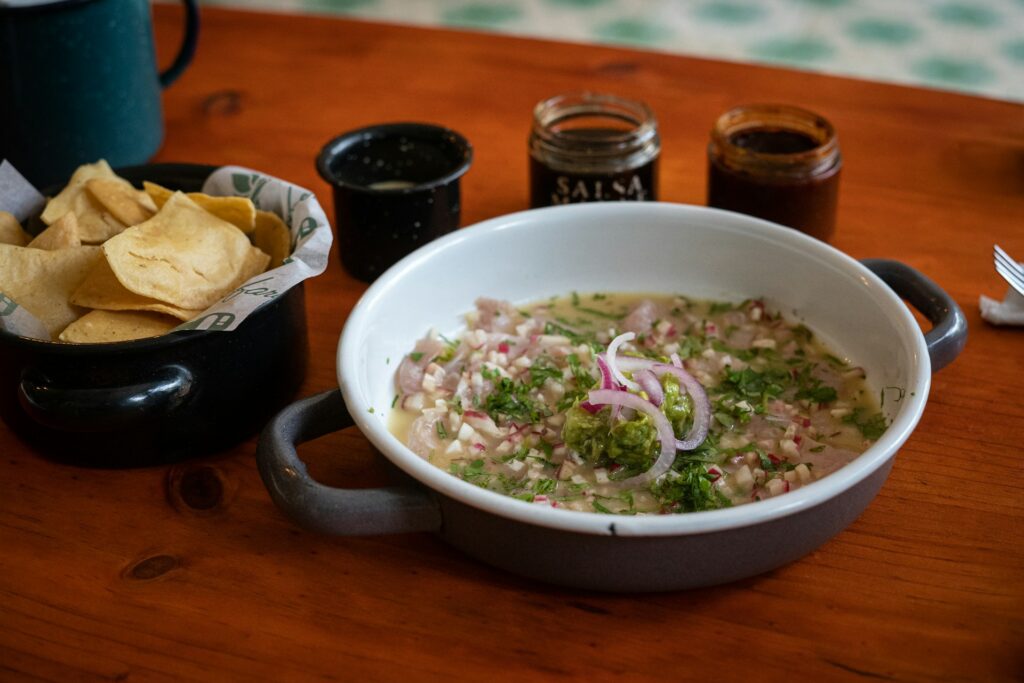
10. Corpus Christi
The celebration of Corpus Christi itself is understood to mean the celebration of the body of Christ at the Eucharist and fidelity to that devotion, and the main event is the mass —which is held in Quechua — with the presence of all the saints.
The event that everyone waits for on that day is the procession of the 15 saints, which are carried to the beat of the festive traditions and the music of innumerable huaynos. The musical arrangements are personalized for the different saints by their followers.
The ceremony generally ends as night falls, when the last effigy has entered the cathedral and each congregation leaves to the rhythm of their dances and to drink until the following day.
Of all the religious festivals in Peru, Cusco’s Corpus Christi procession must rank as one of the most magnificent. Every year, in June, fifteen images of virgins and saints from the city’s main churches, flanked by archangels and delightful cherubim, are dressed in their finest robes and taken from their respective churches in procession, as far as Cusco’s main square. They are then housed in the cathedral for eight days, so they can pay homage to the image of Christ.

